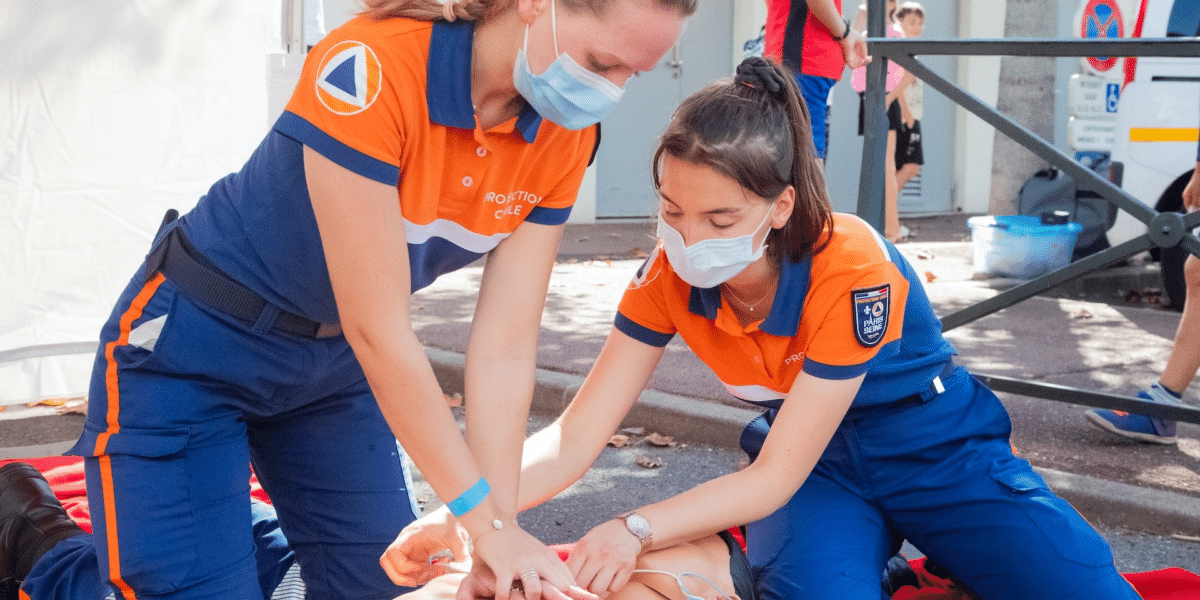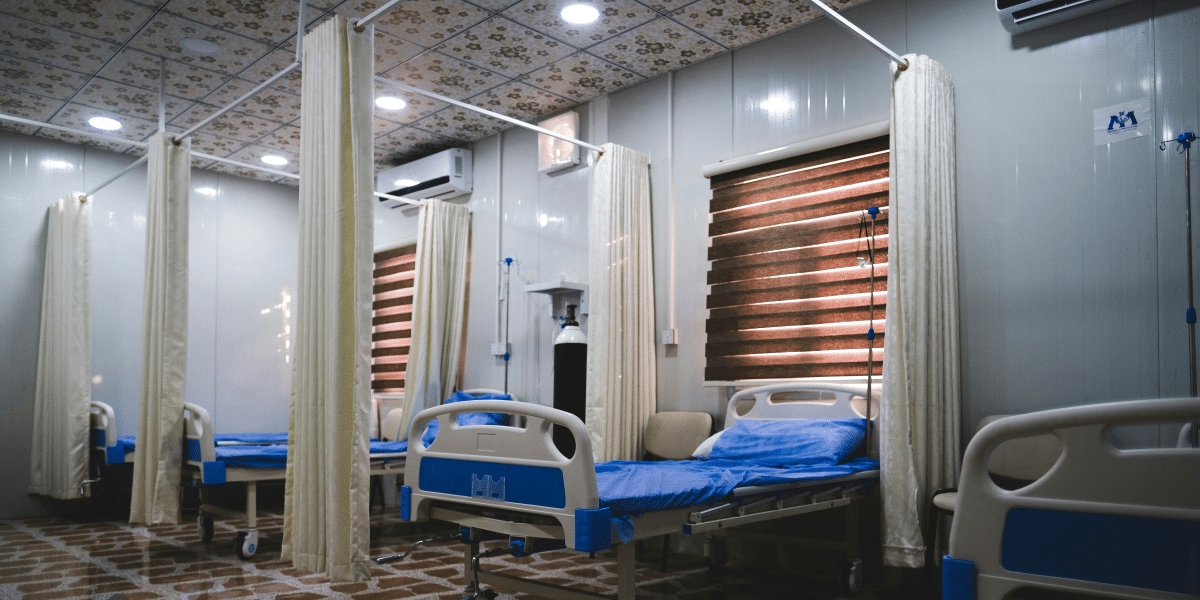Safeguarding Lives: the Vital Importance of First Aid Knowledge
In a world where unforeseen emergencies can strike at any moment, possessing a fundamental understanding of first aid is not merely a skill but a civic responsibility. The ability to administer immediate care in the critical minutes before professional help arrives can make the crucial difference between life and death. This article illuminates the paramount importance of knowing first aid, emphasizing its impact on individual well-being, community safety, and the preservation of lives.
Personal Empowerment: A Life-Saving Skill Set
Knowing first aid empowers individuals to respond effectively in emergency situations. From minor injuries to more severe incidents, the ability to provide immediate and appropriate care can significantly influence the outcome. Equipping oneself with first aid knowledge instills confidence, transforming ordinary individuals into capable first responders who can take swift action when faced with adversity.
Mitigating Severity: Preventing Escalation
First aid serves as a crucial bridge between an emergency occurrence and professional medical assistance. Swift and appropriate intervention can mitigate the severity of injuries, preventing them from escalating into life-threatening situations. The timely application of basic first aid measures can stabilize a person’s condition, offering a lifeline until paramedics or medical professionals arrive on the scene.
Community Resilience: A Collective Shield
Communities thrive when individuals within them possess the knowledge and skills to respond effectively to emergencies. A society well-versed in first aid creates a collective shield, where neighbors, colleagues, and bystanders can actively contribute to the well-being of the community. The ripple effect of first aid knowledge strengthens the overall resilience of a society, fostering a culture of mutual support and care.
Contrarian View: The Potential for Harm
While first aid is undoubtedly invaluable, there is a need for caution and proper training. Misguided or uninformed attempts at providing aid can potentially exacerbate injuries. This highlights the importance of formal training and education in first aid to ensure that individuals possess the requisite skills and knowledge to respond appropriately in diverse emergency situations.
Workplace Safety: A Professional Imperative
In corporate settings, the importance of first aid extends beyond individual well-being to encompass workplace safety. Employees trained in first aid contribute to a safer working environment, where accidents and injuries are met with prompt and effective responses. Employers who prioritize first aid training not only foster a culture of safety but also comply with regulatory standards, promoting a secure and responsible workplace.
Preparedness for Natural Disasters: A Shield Against the Unpredictable
Natural disasters can strike with little warning, leaving communities vulnerable and in disarray. First aid knowledge becomes a potent shield against the unpredictable forces of nature. In the aftermath of earthquakes, floods, or other disasters, individuals equipped with first aid skills can provide immediate assistance, significantly enhancing the chances of survival for those affected.
Conclusion
In the tapestry of human existence, where uncertainty is a constant companion, the importance of knowing first aid emerges as a beacon of preparedness and compassion. From the individual level to the broader community and workplace, first aid knowledge is an indispensable asset. It transcends the realm of skill to embody a civic duty—a commitment to safeguarding lives and promoting collective well-being. As society embraces the ethos of preparedness, the ripple effect of first aid education can transform communities into resilient havens where every individual holds the potential to be a beacon of hope in times of crisis.










